“The public debate lacks what could be called intergender empathy. If we focus exclusively on one group, ignoring the other, we only reinforce antagonism instead of building community. Equality is not about talking about women against men; it is about including different perspectives. This approach should be mutually beneficial,” says Professor Natasza Kosakowska-Berezecka in an interview held as part of the #rozmowaNCN series.
 Natasza Kosakowska-Berezecka, photo: private archive
Professor Natasza Kosakowska-Berezecka, Ph.D., is an intercultural psychologist and equality and diversity expert, working at the University of Gdańsk. She conducts international research on the perceptions of men and women in different social roles. She was the manager of the Towards Gender Harmony project in which, together with more than 100 male and female researchers from six continents, she explored the attitudes of male and female students from 60 countries towards contemporary understanding of femininity and masculinity and gender equality. Currently, she leads the Masculinity Navigator project, dedicated to masculinity norms and male well-being, carried out among teenagers and adults from Poland and Norway. Together with her team, she has conducted analyses of the so-called hidden profiles of attitudes towards equality, involving more than 600 boys in Poland and more than 200 in Norway.
Natasza Kosakowska-Berezecka, photo: private archive
Professor Natasza Kosakowska-Berezecka, Ph.D., is an intercultural psychologist and equality and diversity expert, working at the University of Gdańsk. She conducts international research on the perceptions of men and women in different social roles. She was the manager of the Towards Gender Harmony project in which, together with more than 100 male and female researchers from six continents, she explored the attitudes of male and female students from 60 countries towards contemporary understanding of femininity and masculinity and gender equality. Currently, she leads the Masculinity Navigator project, dedicated to masculinity norms and male well-being, carried out among teenagers and adults from Poland and Norway. Together with her team, she has conducted analyses of the so-called hidden profiles of attitudes towards equality, involving more than 600 boys in Poland and more than 200 in Norway.
Anna Korzekwa-Józefowicz: Recently I’ve listened – again in a similar format – to a panel on women in science which featured only female researchers. In the open part of the discussion, I even pointed out that, with such a line-up, it was easy to reduce the topic to a “women's issue” instead of seeing it as a management issue for the institution and the scientific community. Was I right?
Natasza Kosakowska-Berezecka: If I had been a participant in that meeting, I would probably have supported you. It is also likely that those organising the conference made an effort to include men on the panel, but I know from experience that it is difficult to persuade men to do so. Unfortunately, the assumption persists here that gender equality issues are only a women’s issue.
However, since we are talking about gender, it is difficult to have a real dialogue when one gender is predominant. Yes, unisex panels are sometimes needed because each group wants a space where they feel safe. But when it comes to discussions about women in science, when it is only the women concerned themselves who talk about gender gaps, glass ceilings and barriers to promotion, while all this is true, the problem cannot be effectively and permanently solved.
All the more so as research shows that the very phrase “gender equality” provokes strong reactions in some men, including physiological ones, such as raised blood pressure. There is a sense of threat: that the world is changing, that women are “gaining the upper hand” and men are losing something. As a result, resistance to equality measures is growing and some men are less willing to support them. They also increasingly feel that they themselves experience discrimination, while that against women is decreasing. This is why it is so important to seek dialogue instead of locking ourselves in separate spaces – otherwise the gap between men and women will widen.
Why the raised pressure and the anxiety that something is being lost?
This feeling arises primarily in men who strongly identify with their own gender. Gender is a category that is heavily dichotomised and encased in social expectations. Masculinity is usually associated with efficiency, dominance and power. Thus, if gender strongly defines one’s identity, equality measures may be perceived as a threat. A “zero-sum game” mechanism is then activated – the belief that women’s gains automatically mean men’s losses – those men who feel that it is men who are more entitled to power, dominance and prestige will be particularly inclined to see equality measures as a threat to their own status.
Research, including cross-cultural research, shows that masculinity is a construct that needs to be constantly reaffirmed in every culture. So, as equality grows and women become more visible, some men perceive this as a kind of identity shock. The need then arises to compensate for this sense of threat – in various forms.
How is it manifested?
The vast majority of men are indifferent towards equality issues. There are also those who call themselves feminists and actively work for equality at work and at home. But there are also those who, in a moment of danger, will rely even more readily on traditional role models – they will be more willing to take risks because it is masculine, they will be more reluctant to share domestic responsibilities with a partner or support equality measures. It is a kind of defensive reaction.
Similar mechanisms can also be seen at a group level. In the narratives of the European Union or the United Nations, equality measures are presented as a way of levelling the playing field – women start at a disadvantage, so programmes and mechanisms need to be put in place to reduce the gap. Thus, men are put in the position of having to “make room” for women in the space of power and influence. There is a lack of information on the mutual benefits of equality measures for both women and men.
Men are increasingly declaring that they notice the strong presence of women in science, the media and politics, and some of them are beginning to perceive these solutions as unfair. They feel that since women are doing better and better, additional institutional support no longer means levelling the playing field, but favouring women. They say: “they keep talking about women, and we have our problems too”. They indicate that they want a greater share in childcare, the right to work-home balance or equal treatment in the event of divorce.
Including different perspectives
It is still relatively rarely pointed out that inequalities also have consequences for men, and when it is, it is often from positions that disfavour women.
The public debate lacks what could be called intergender empathy. If we focus exclusively on one group, ignoring the other, we only reinforce antagonism instead of building community. And yet, the point is that rather than on competition, the efforts to promote equality should focus on mutual support and a shared pursuit of the goal of a safe and comfortable life and the opportunity to realise one’s plans and dreams.
Equality is not about talking about women against men; it is about including different perspectives. This approach should benefit both parties.
Where the prevailing belief is that a “real man” must constantly prove his strength and control, men are more likely to fall ill and live shorter lives. In contrast, in environments where equality is implemented wisely and in an atmosphere of cooperation and dialogue, people feel safer, have a greater sense of belonging and are more willing to get involved. Diverse research teams, comprising both women and men, and ideally also people of different ages, demonstrate greater innovation, more patents and better publications. In organisations, this translates into greater loyalty and job satisfaction.
On the other hand, the pervasive presence of gender stereotypes translates into a lower level of economic development, lower productivity and a greater risk of social conflict at the national level.
The Masculinity Navigator project focuses on men’s well-being.
 Project team, photo: private archive
The project grew out of our earlier research on male and female students’ attitudes, which showed that inequality at the national level is associated with lower physical and mental well-being among men, yet this is not accompanied by a full and committed willingness on the part of men to support equality measures. On the contrary, there are – albeit few – voices expressing anti-feminist tendencies among young men around the world.
Project team, photo: private archive
The project grew out of our earlier research on male and female students’ attitudes, which showed that inequality at the national level is associated with lower physical and mental well-being among men, yet this is not accompanied by a full and committed willingness on the part of men to support equality measures. On the contrary, there are – albeit few – voices expressing anti-feminist tendencies among young men around the world.
We also noticed a big research gap when it comes to teenagers. Very little research is done on how boys and girls aged 16-18 view gender equality and male roles, and it is in this group that the gap in political views is growing fastest – European surveys show that the gap between boys and girls, and latterly also between young women and men, is steadily widening. Some Norwegian studies – conducted in a country with a long history of promoting equality – suggest that boys are beginning to fear the very idea of equality.
That is why we decided to take a closer look. For three years, we conducted longitudinal research in Poland and Norway, using surveys, experiments and in-depth qualitative research such as focus groups. We were looking for an equaman – boys and men with egalitarian views, treating women with respect, recognising equal rights of both genders and not perceiving equality measures as a threat to their own masculinity; quite the opposite, declaring a desire to actively promote equality.
We checked whether boys and girls have a similar understanding of equality, how they link their gender identity to their sense of well-being and whether this influences their willingness to support equality measures.
How many equamen are there in this age group?
Among Polish participants of the study, around 14% of teenagers present an attitude most similar to that of an equaman. These are people who do not see a threat in feminism, have more egalitarian views on gender and a positive attitude towards women. Another group – around 13% – are also potential allies for whom masculinity is not a key part of identity. By contrast, the largest proportion – around 40 per cent – is made up of moderate-minded boys, in whom so-called benevolent sexism is evident: the belief that women should be protected and cared for, but at the same time that if they become “too independent” they deserve criticism or punishment. Another profile we have identified is associated with attitudes similar to those of the so-called incels – characterised by aversion to feminism and equality, and fear of women. This is approximately 8 per cent of the surveyed group.
A key conclusion from our analysis is that these attitudes are very similar in Poland and Norway, despite Poland being regarded as a more traditional country. The distribution of profiles in Norway looks very similar.
How do you create space for “equamen”?
If we add up these percentages, the conclusions are not very optimistic. How can we influence the increase in pro-equality attitudes?
Why? Among the boys surveyed, there are some who want to support equality measures and are characterised by more egalitarian than traditional attitudes towards gender.
What can realistically empower boys to build pro-equality attitudes is their relationships with girls. The more female friends they have, the more willing they are to support equality measures. This is accompanied by a decline in gender essentialism, i.e. the belief that women and men are completely different “by nature”. And the less we see this gap between us, the more similarities we see, the easier it is to build a sense of community and a willingness to work together.
We are currently working on the final stage of the project – creating educational interventions. We are looking for ways to foster empathy between the genders, to highlight similarities between men and women, and to reduce gender essentialism and sexism in boys and girls. We show that the differences between us are sometimes smaller than we think, and that there is often more variation within one gender than between the genders. Preliminary findings suggest that the mere provision of sound knowledge – in the form of a lecture or a short workshop – can prompt reflection on the value of gender equality; the benefits it brings to women and men and the willingness to support it. And this is a prerequisite for equality policies to be effective and lead to the creation of a safe environment to learn, work and live in.
You have worked with schools in Pomerania and in the Tromsø and Oslo areas. Were there any problems with the implementation of research on a topic considered sensitive? We can see what emotions the subject of health education is stirring at Polish schools.
Our team has been cooperating with many schools for a long time and has completed numerous joint projects.
We were met with great openness. The schools responded immediately: “Yes, we want to know how boys and girls perceive their gender, how this relates to their well-being and equality standards.” Parents gave their consent for their teenagers to participate in the study, and the ethics committee approved the project. Research involving minors is subject to particularly strict rules, so each stage is carefully assessed.
Pro-equality measures may stir emotions, but ultimately it is about something very simple: that everyone should feel that they can be themselves and enjoy mental well-being. And we can clearly see that restrictive gender norms – including among adolescents – generate tensions that take a toll on their health. Therefore, a healthy femininity and a healthy masculinity are the foundation of a healthier society, and supporting equality gives us all a more comfortable life at work, within the family and in social relationships.
You mentioned that even lectures can bridge the gap between young people. What actions are still worth taking?
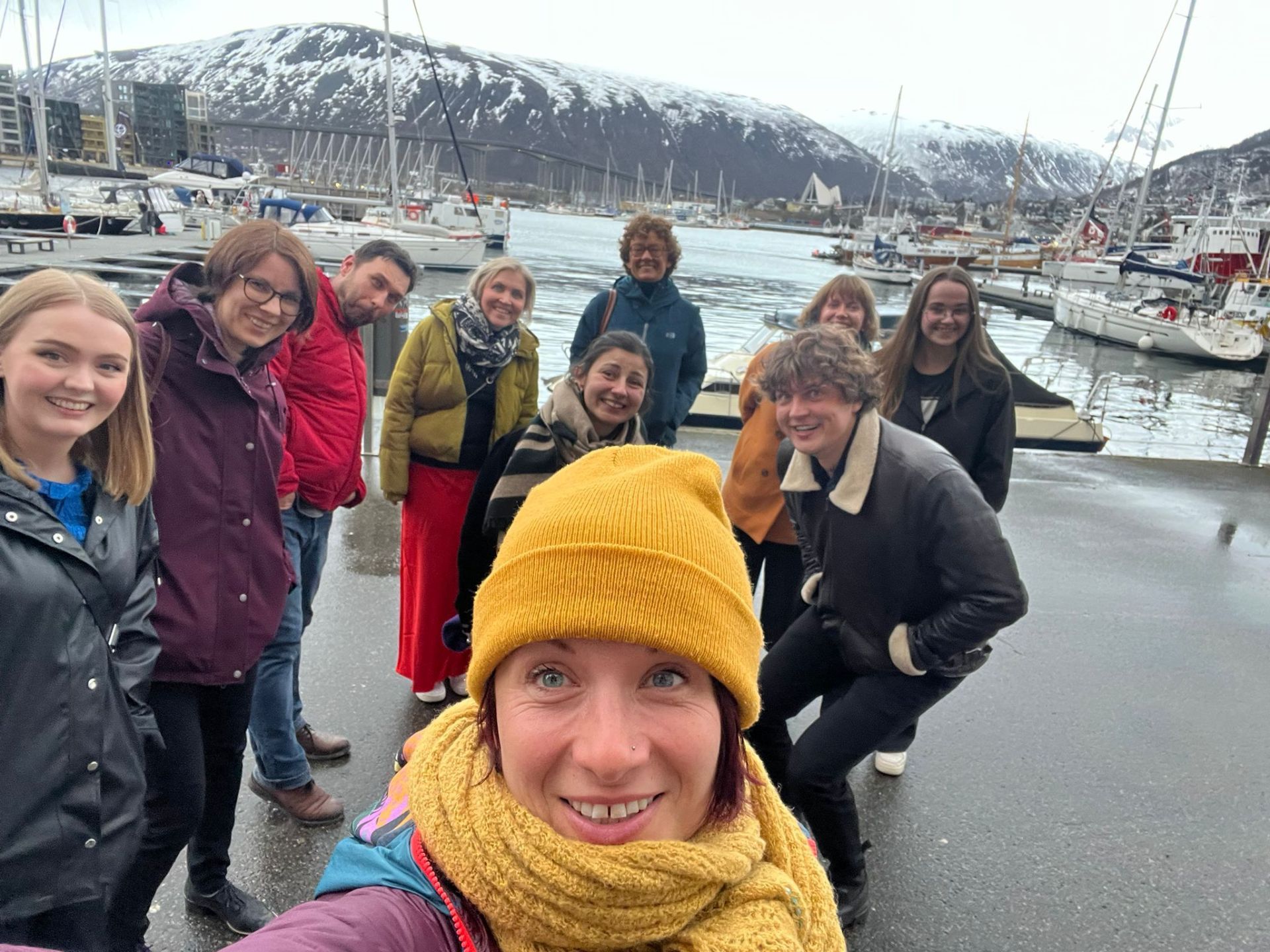 Project team, photo: private archive
In social psychology – and the social sciences more broadly – there is still a large gap when it comes to testing interventions, that is activities that can actively build and change attitudes. We often assume that certain actions may or may not work, but rarely have the time and resources to study their long-term effects. Most often it looks like this: measurement before, intervention, measurement after – and that’s the end of it. What is missing is the third stage, which is to see what stays with the participants for longer.
Project team, photo: private archive
In social psychology – and the social sciences more broadly – there is still a large gap when it comes to testing interventions, that is activities that can actively build and change attitudes. We often assume that certain actions may or may not work, but rarely have the time and resources to study their long-term effects. Most often it looks like this: measurement before, intervention, measurement after – and that’s the end of it. What is missing is the third stage, which is to see what stays with the participants for longer.
In our project, thanks to the longitudinal study in which we followed adolescents for almost two years, we can identify specific factors promoting mental health and openness to equality. This allows us to plan interventions based on data rather than intuition.
We are currently creating short sets of activities and exercises of about one and a half hours, including both a theoretical part and practical tools – aimed at teachers, educators and those working with teenagers and young adults. The idea is to create a space where teenagers learn to talk to each other about gender stereotypes, mutual expectations and relationships, which are also not free from stereotypical influence.
What do you start your conversations with during such meetings?
The first step is to show the losses that we all suffer when equality measures are lacking – both at the individual and societal level, the second is to build empathy. We try to make sure that participants really listen to each other. A simple exercise helps with this: we ask them to complete the sentences “I am a woman, I must...”, “I am a man, I must...”, “I am a woman, I must not...”, “I am a man, I must not...”. It often turns out that what is allowed for girls is often not accepted with boys – and vice versa. Everyone loses something in a sense. Third, we refer to research findings which show that the differences between women and men are much smaller than is commonly believed. We often exaggerate them ourselves, although meta-analyses of many studies clearly show that we are more alike than different.
We will cover this material in a manual, which will also give guidance on how to talk about gender equality without antagonising, but rather with an emphasis on cooperation and alliance building.
Will the manual reach a wider audience?
Absolutely. We will make it available on the website and promote it widely. We want it to be practical material, based on sound knowledge, useful not only in schools, but also for those involved in social communication or education – journalists, teachers, local leaders. It is not about a revolution, but rather about mutual respect and understanding that gender equality benefits everyone and need not be seen as a threat. It is also a men’s issue – and for men. That is why we need more panels on equality with their participation.
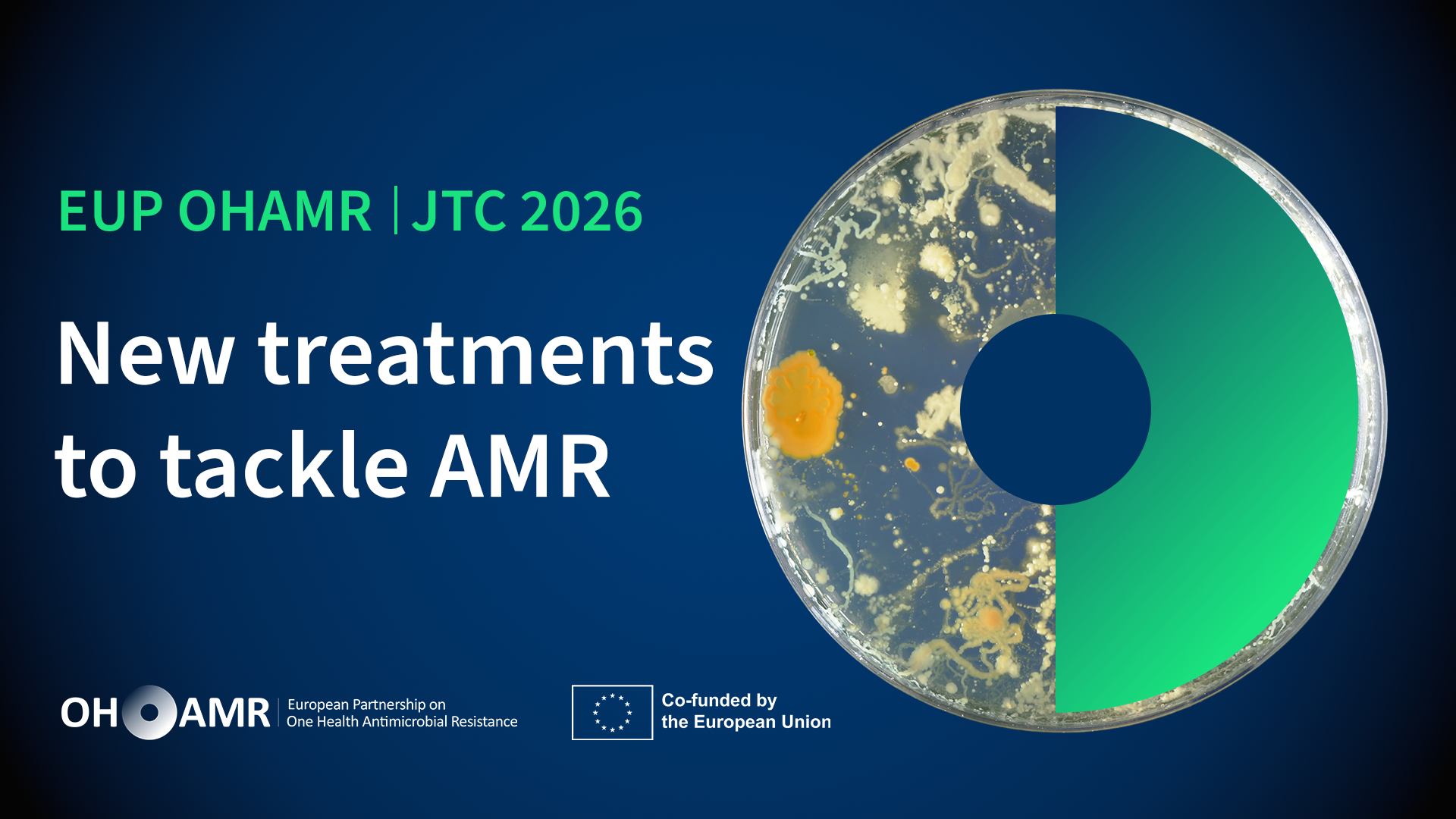 The call involves 36 funding organisations from 28 different countries, with an estimated total call budget of over 28 million Euro, with additional EC contribution.
The call involves 36 funding organisations from 28 different countries, with an estimated total call budget of over 28 million Euro, with additional EC contribution.

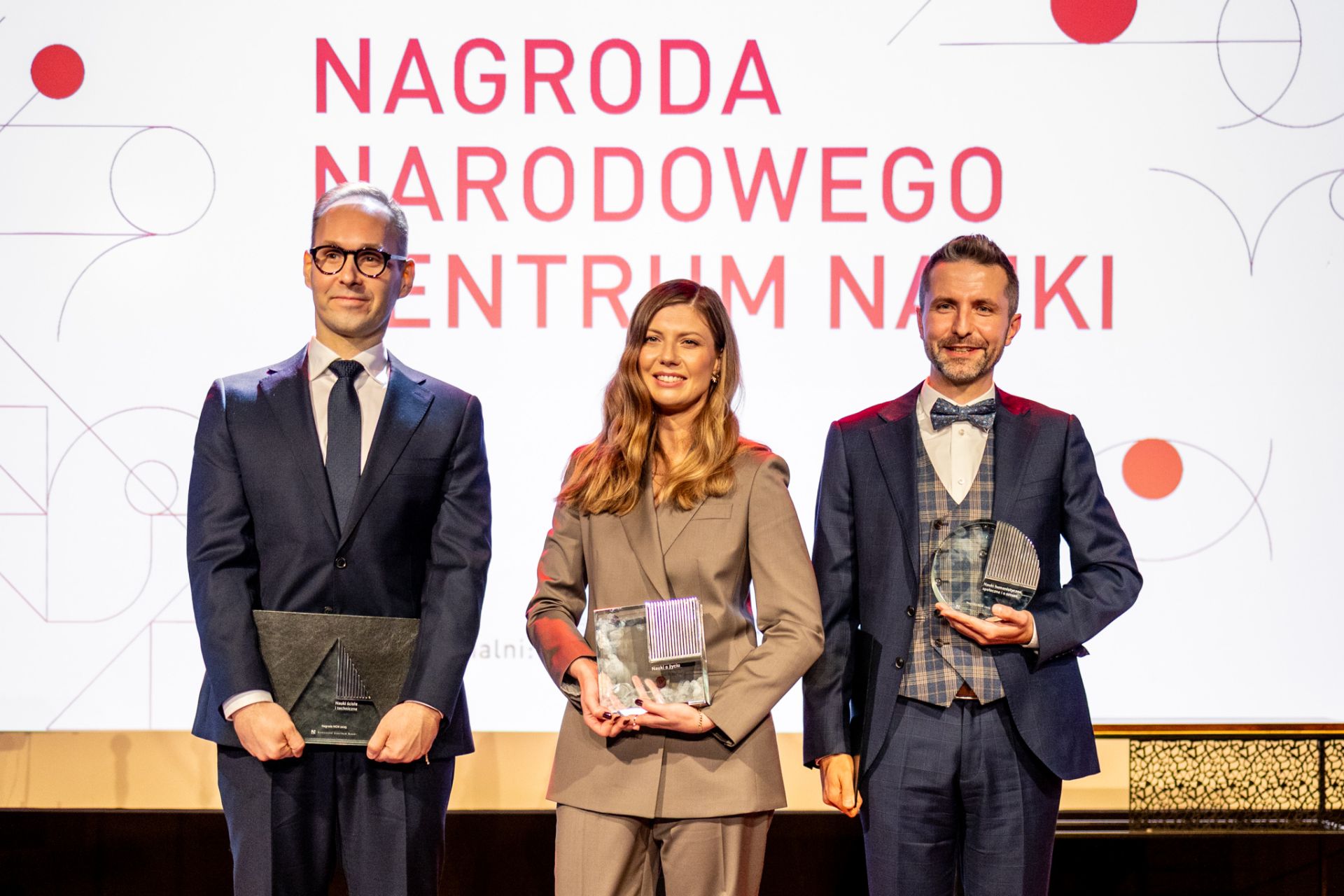


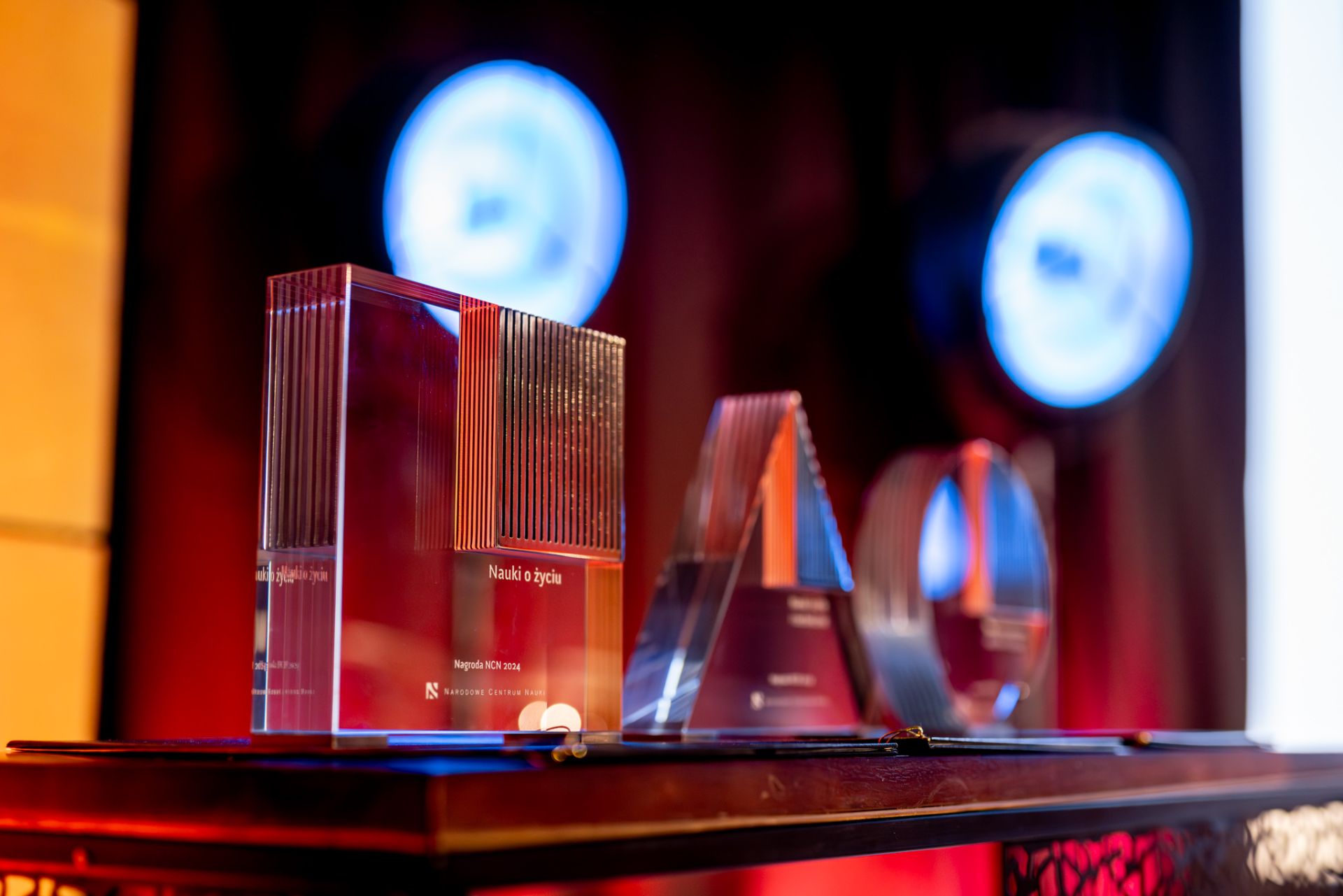
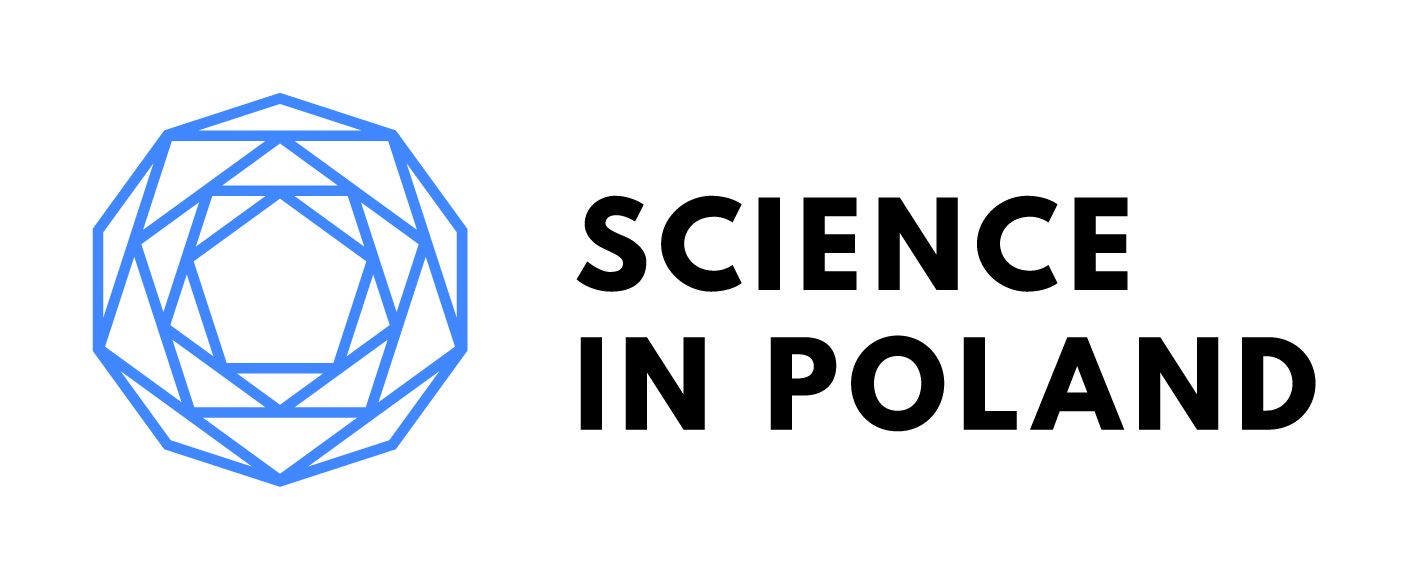



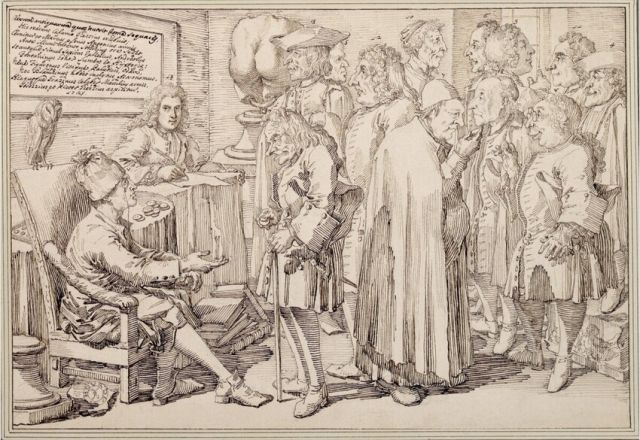
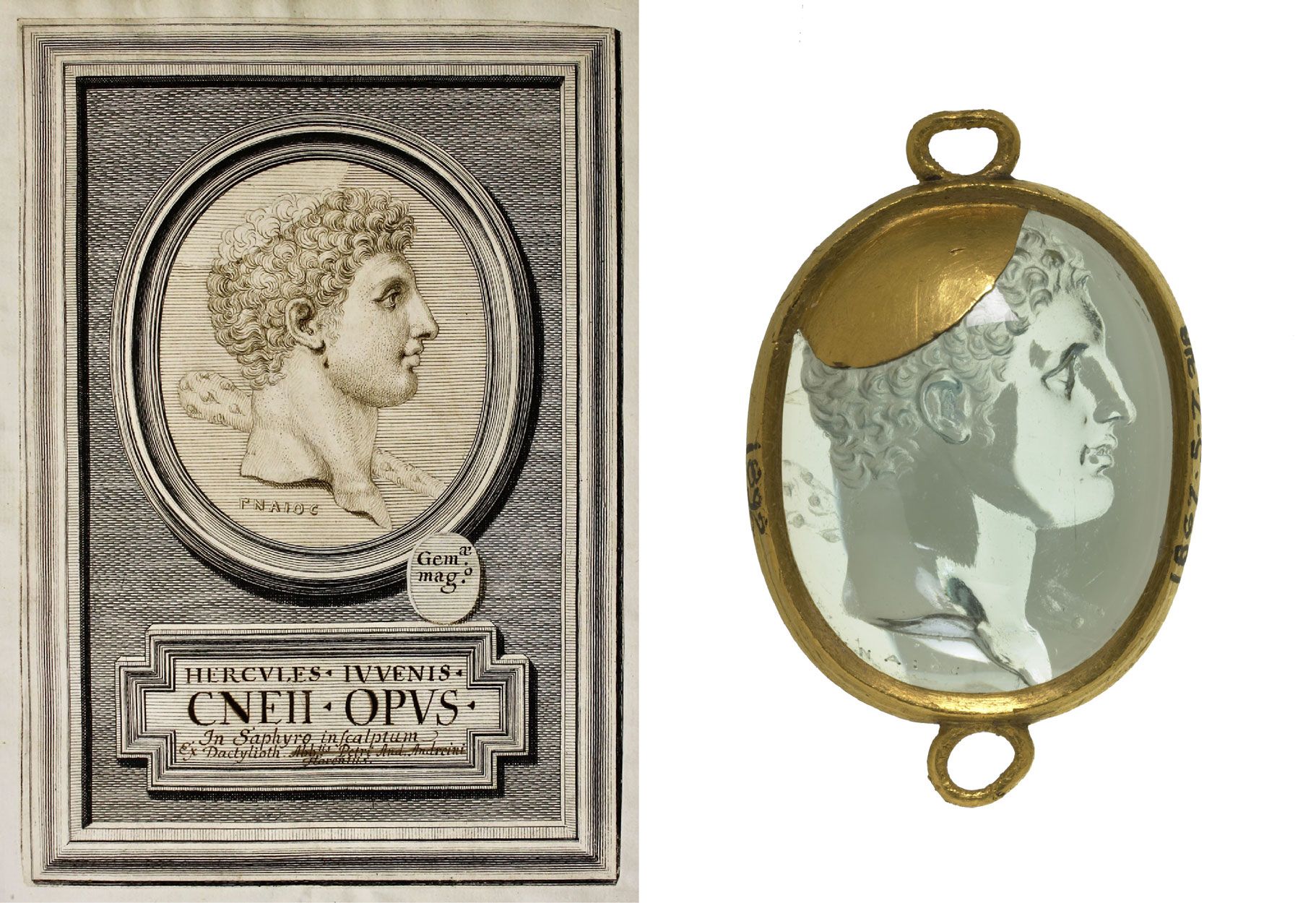
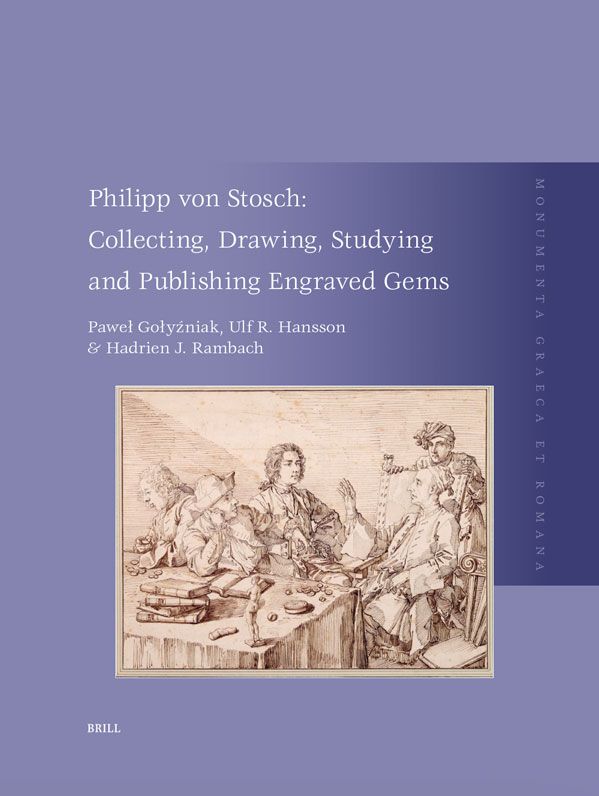
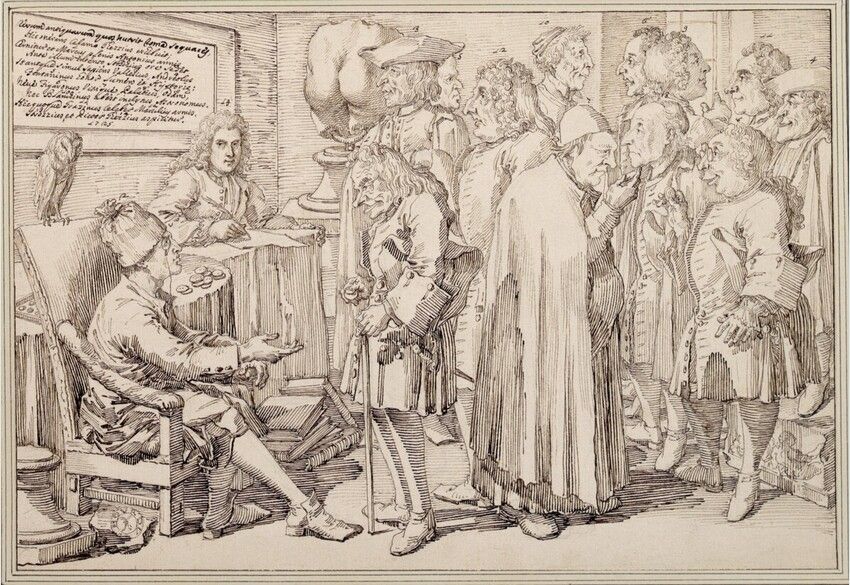
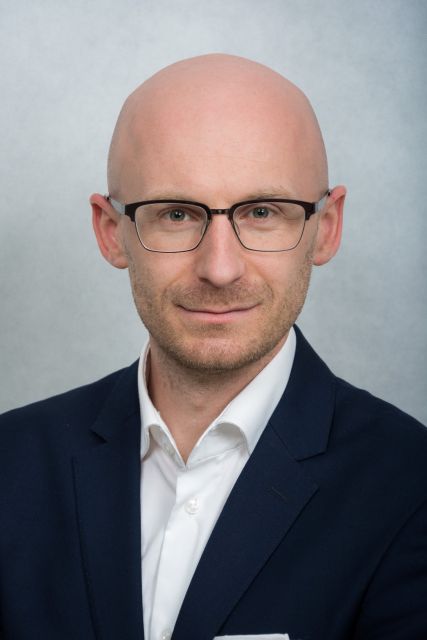
 Who may apply for funding?
Who may apply for funding? Which proposal should be submitted (OPUS or OPUS LAP)?
Which proposal should be submitted (OPUS or OPUS LAP)?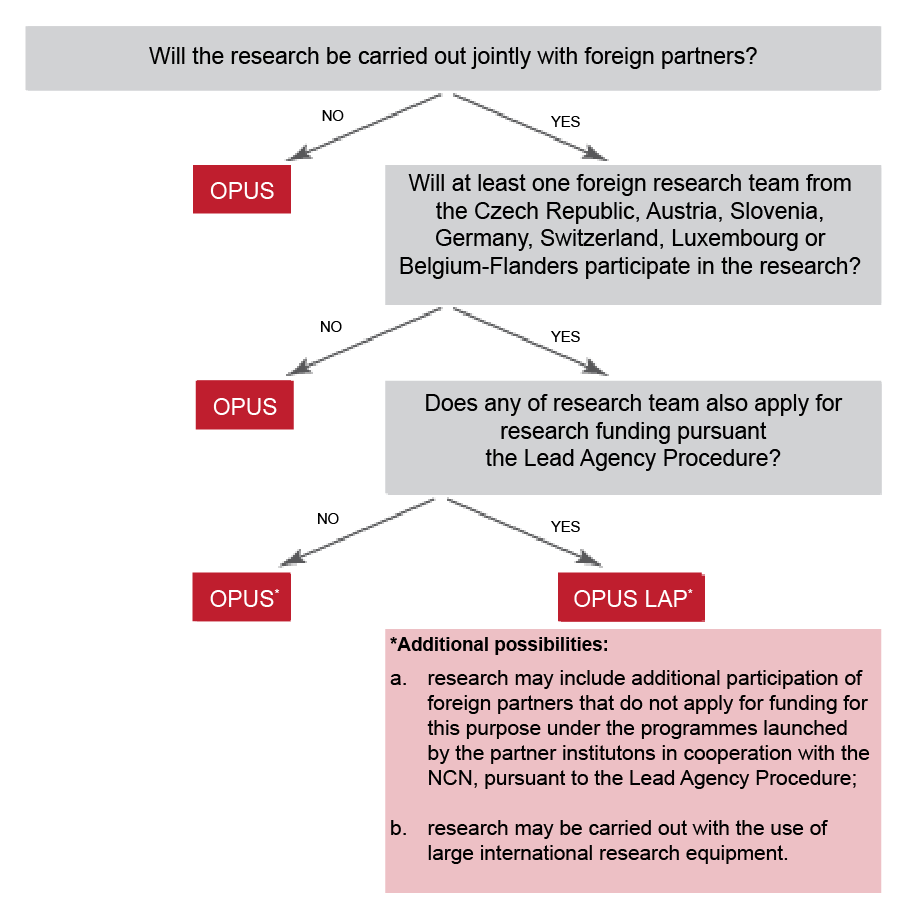
 Who may act as a principal investigator?
Who may act as a principal investigator? What topics can research projects cover?
What topics can research projects cover? What is the project duration?
What is the project duration? What type of positions are held by the research team members?
What type of positions are held by the research team members? How should the Polish project budget be planned?
How should the Polish project budget be planned? Open Access publication of research results
Open Access publication of research results Can proposals in this call include application for state aid?
Can proposals in this call include application for state aid? What is the proposal evaluation procedure?
What is the proposal evaluation procedure? What is reviewed in the merit-based evaluation of proposals?
What is reviewed in the merit-based evaluation of proposals? Who performs the merit-based evaluation of proposals?
Who performs the merit-based evaluation of proposals? When and how will the results be announced?
When and how will the results be announced? Where can additional information be found?
Where can additional information be found?